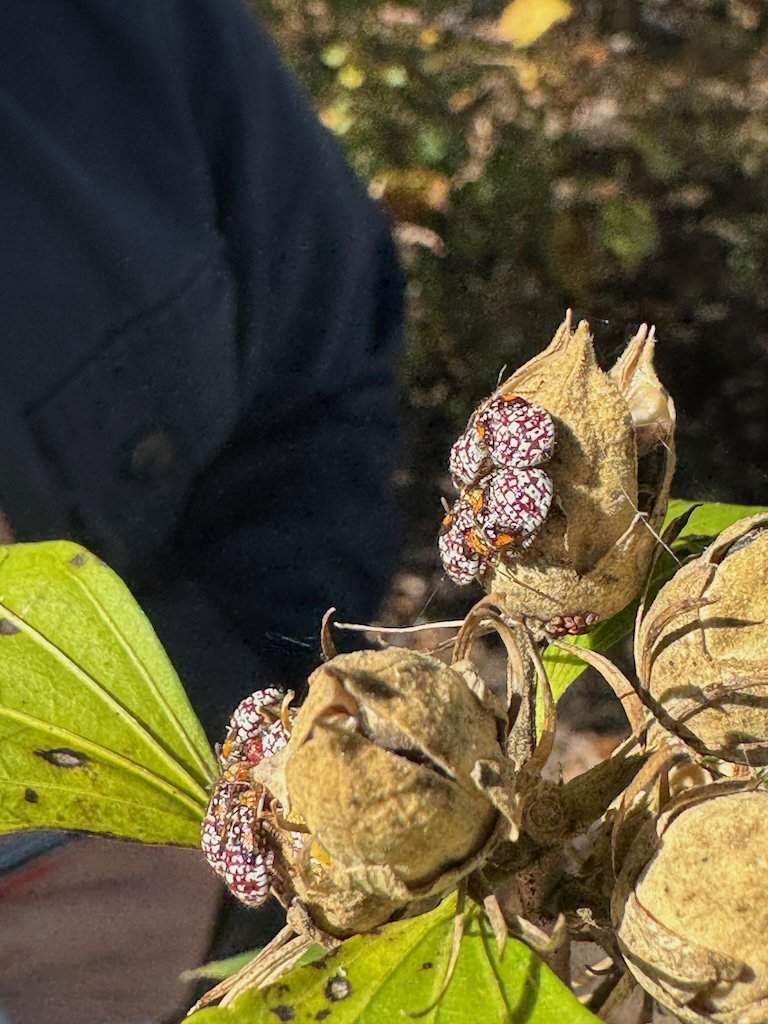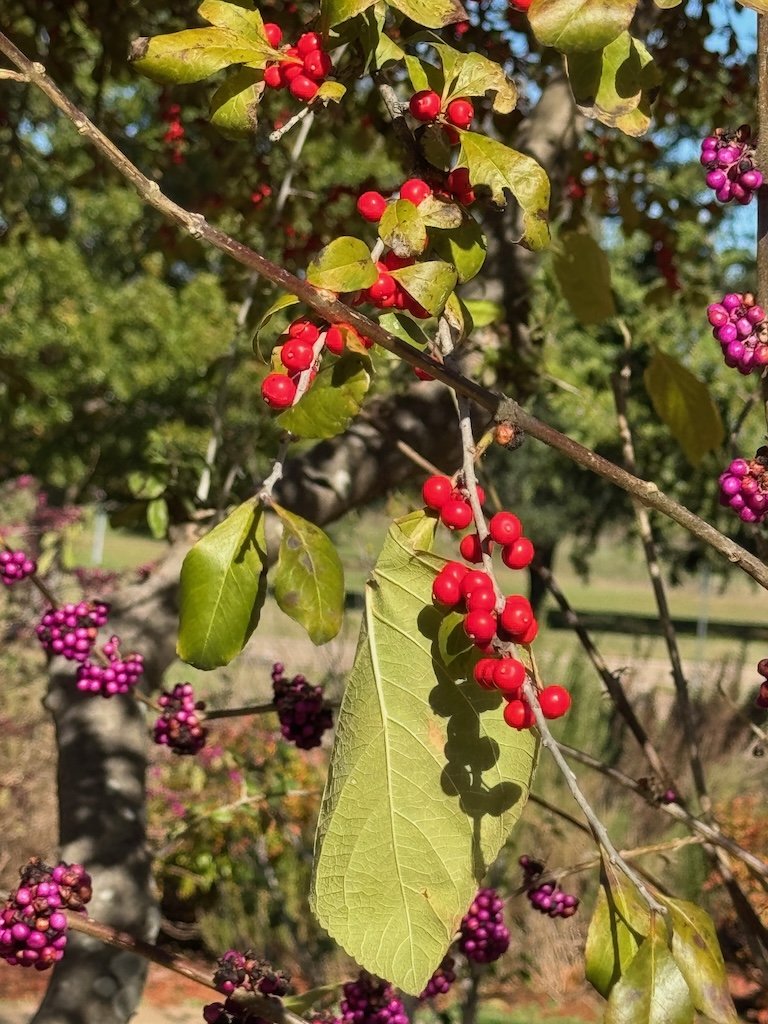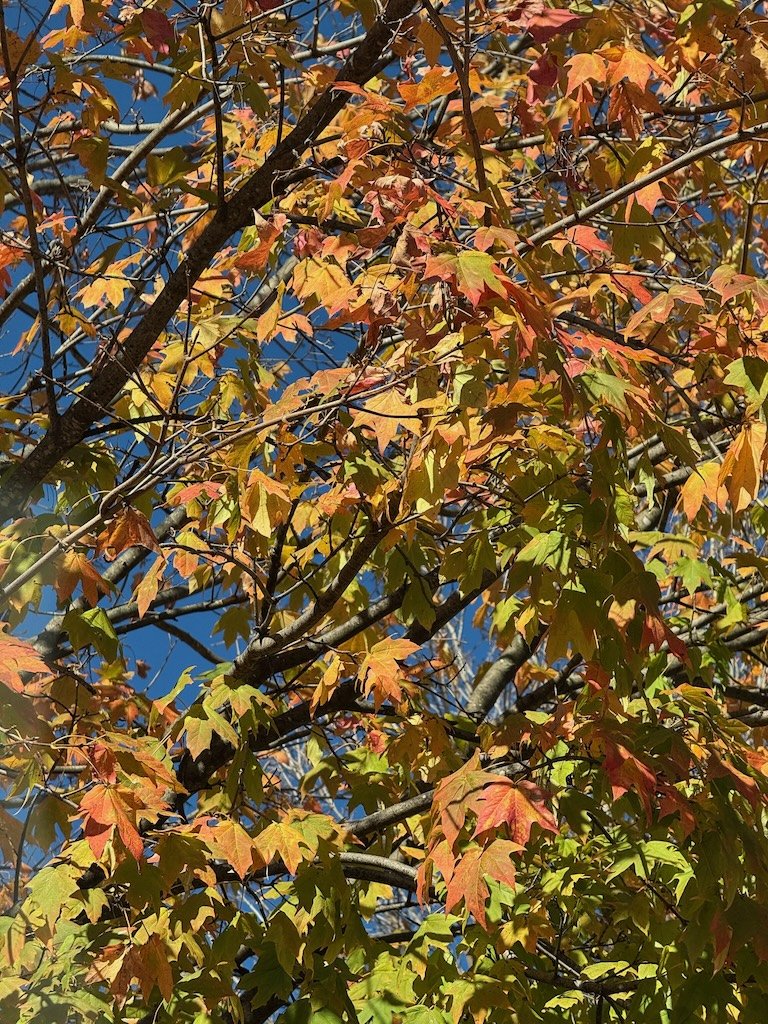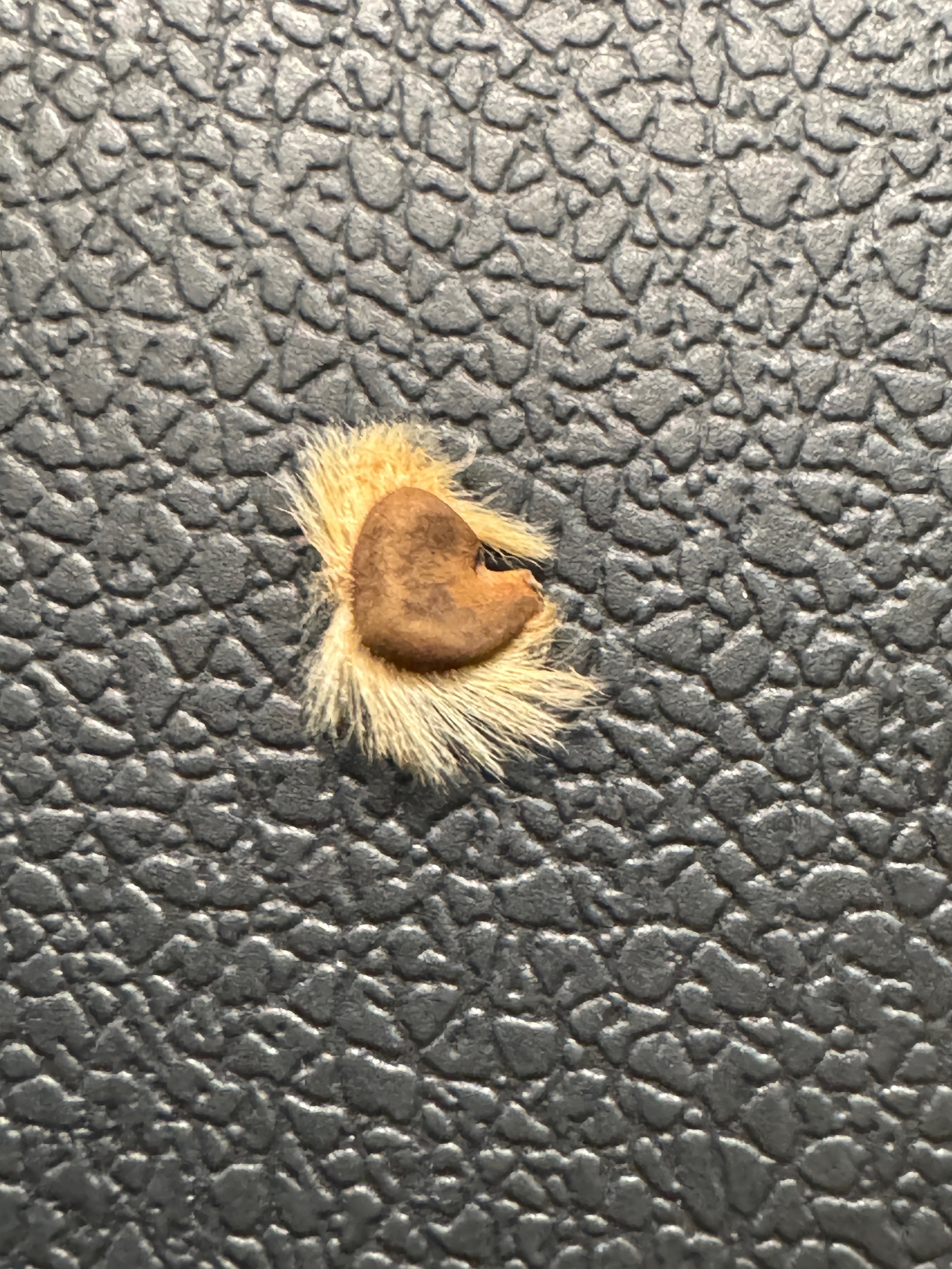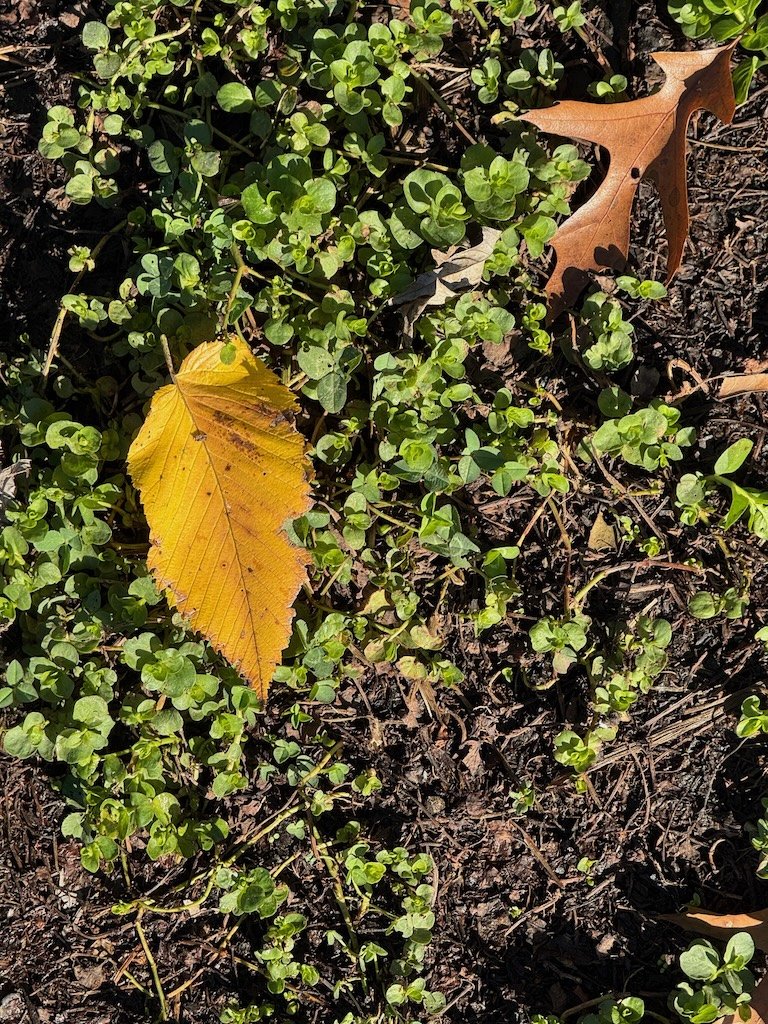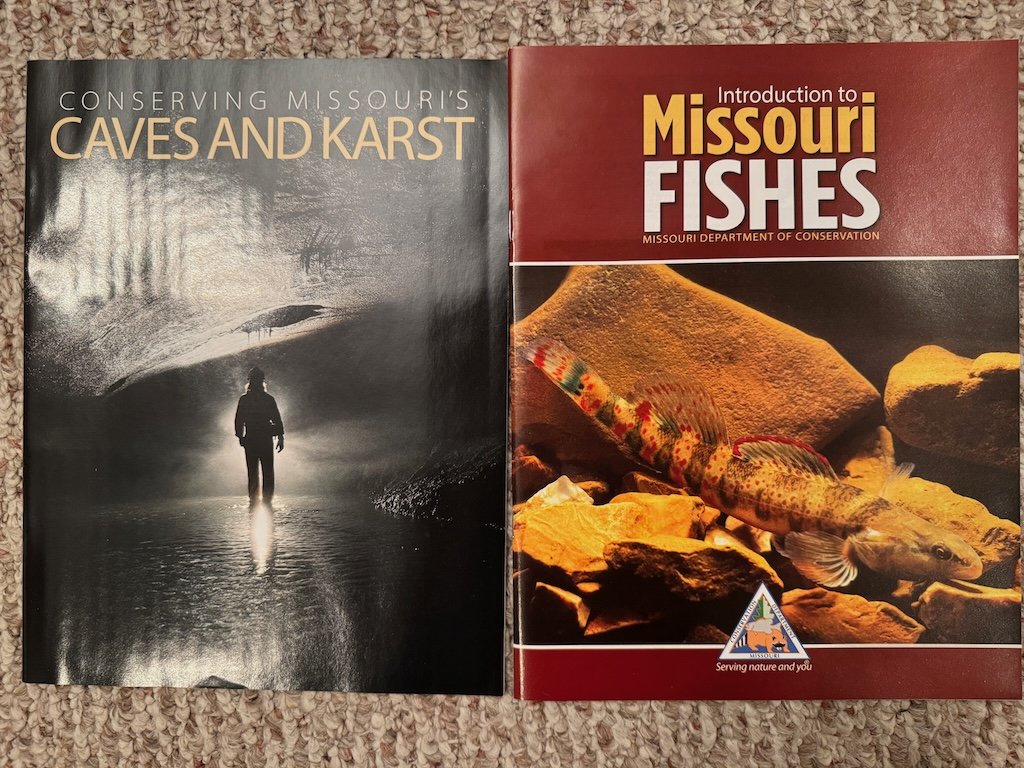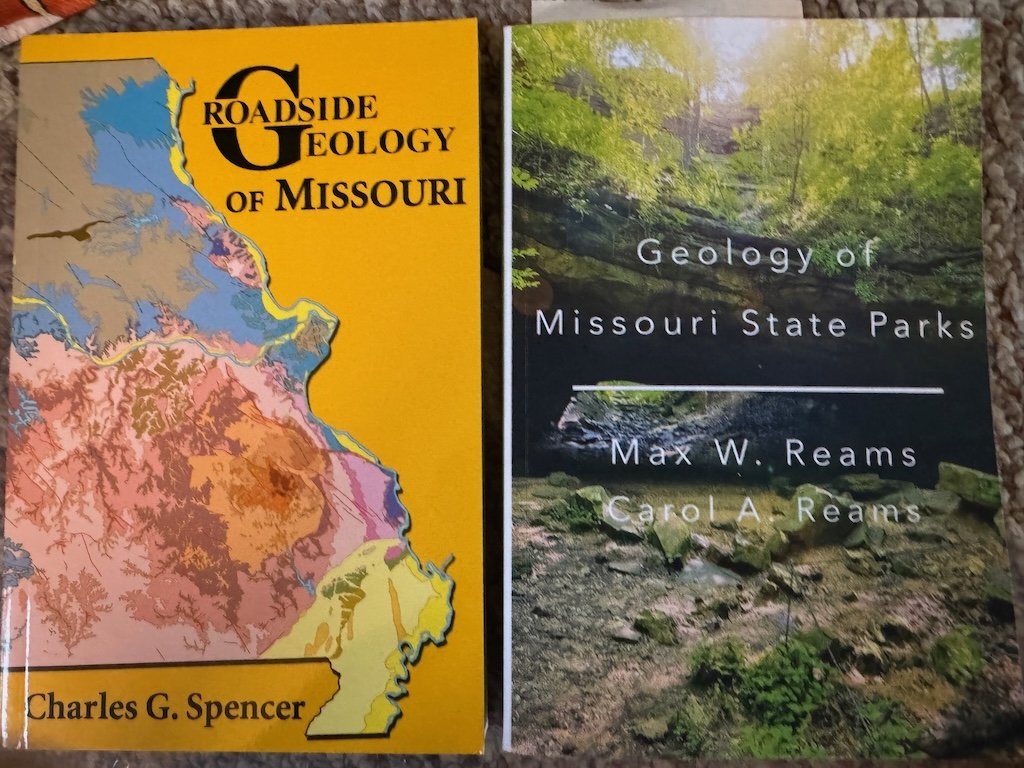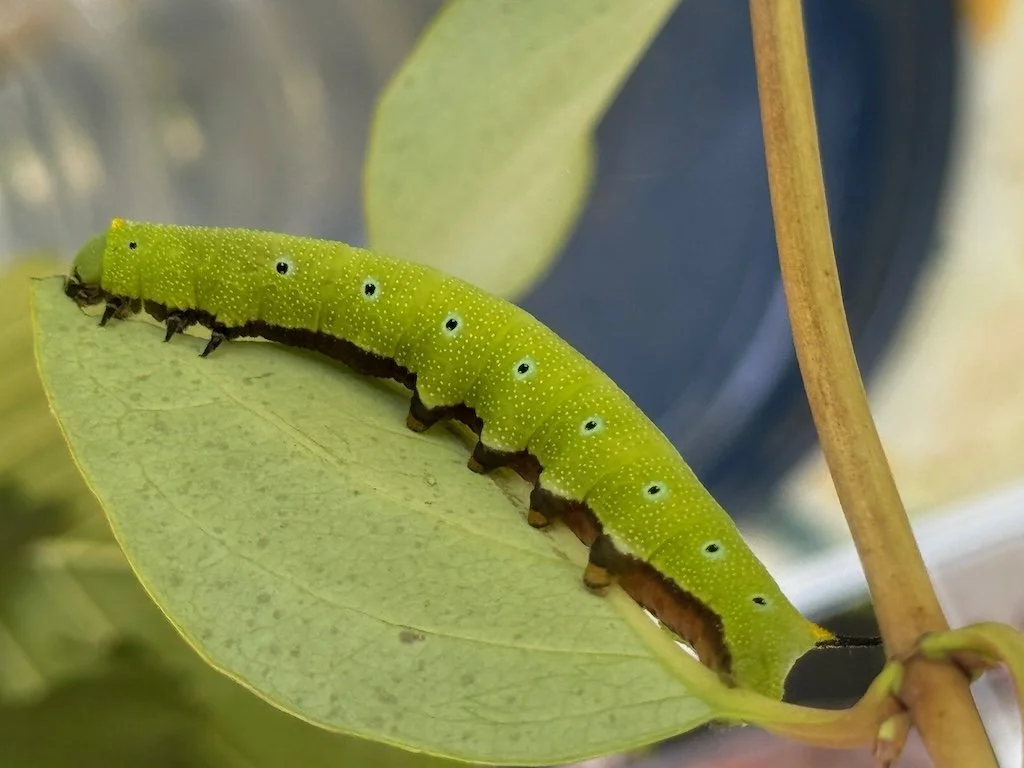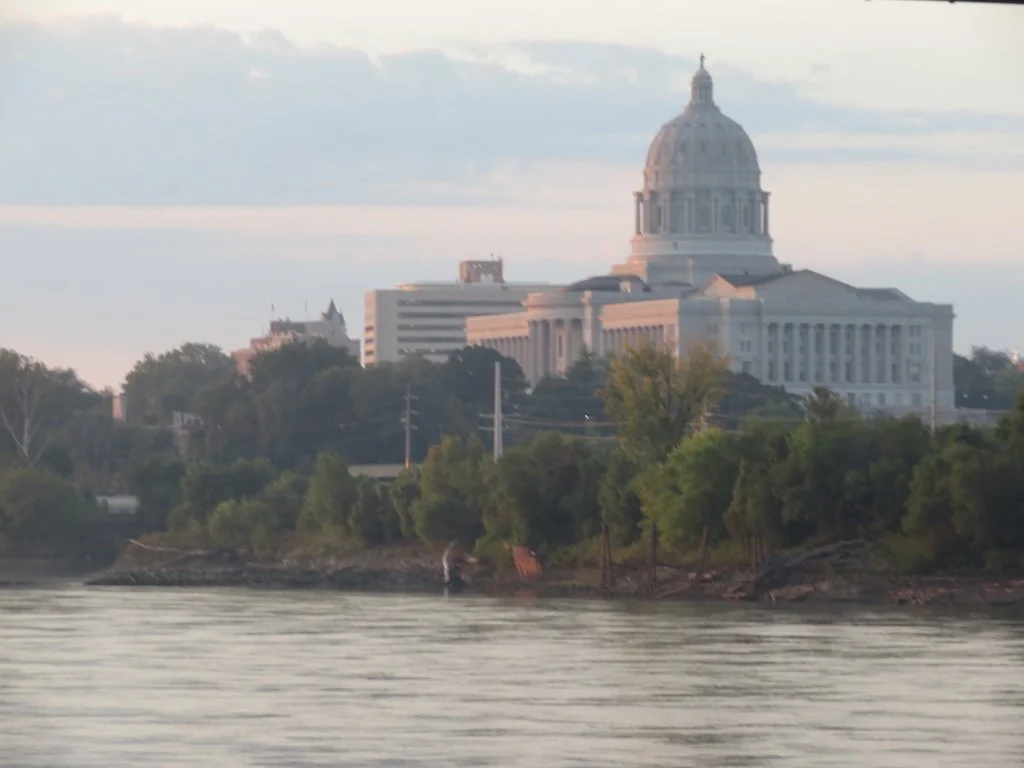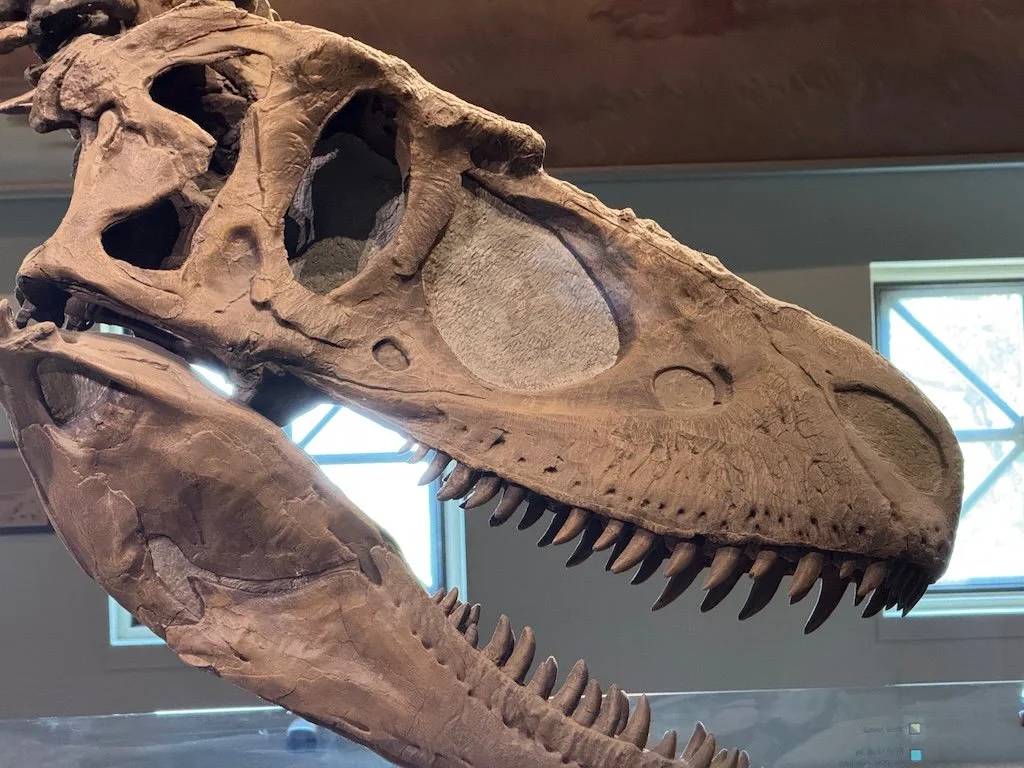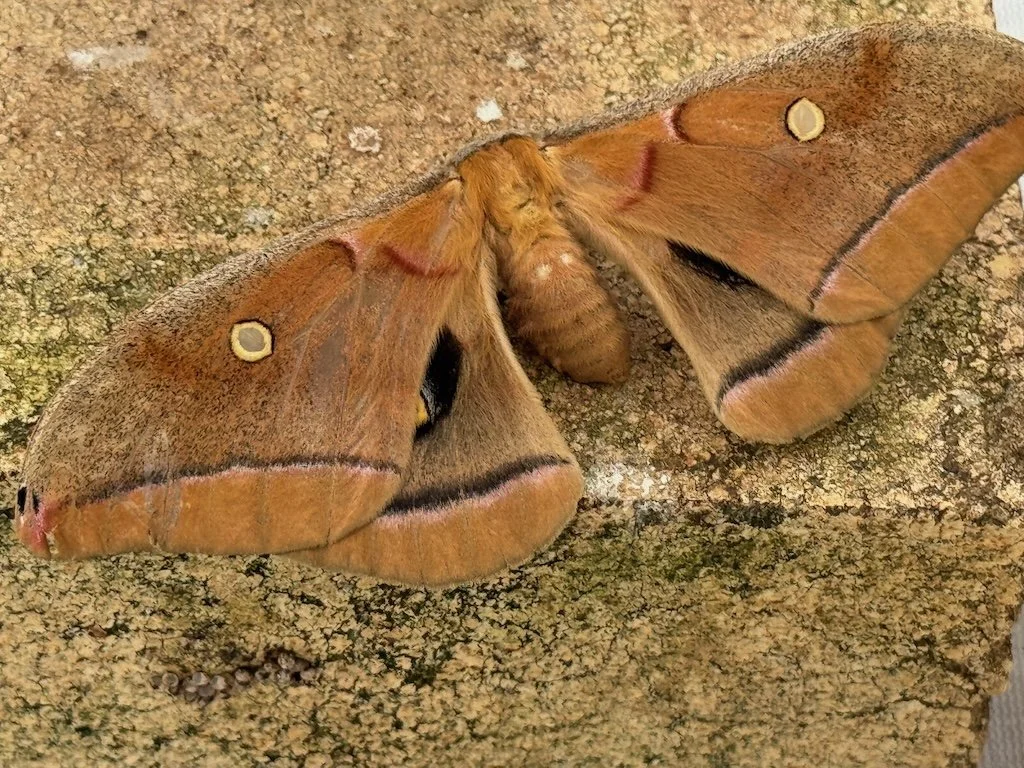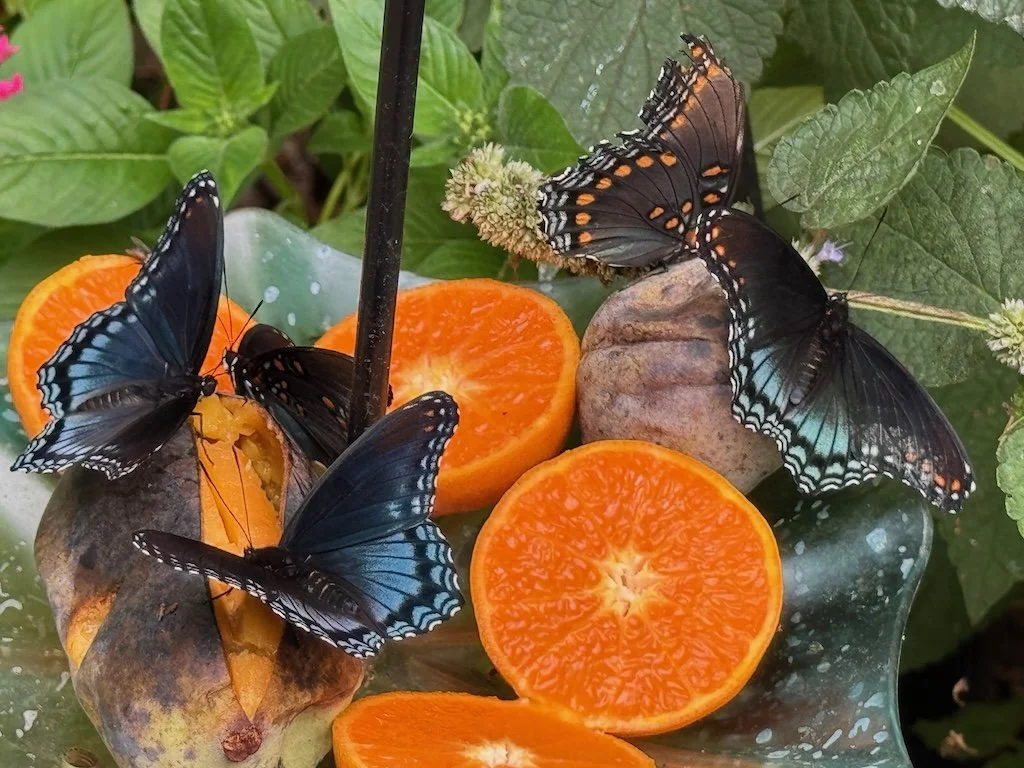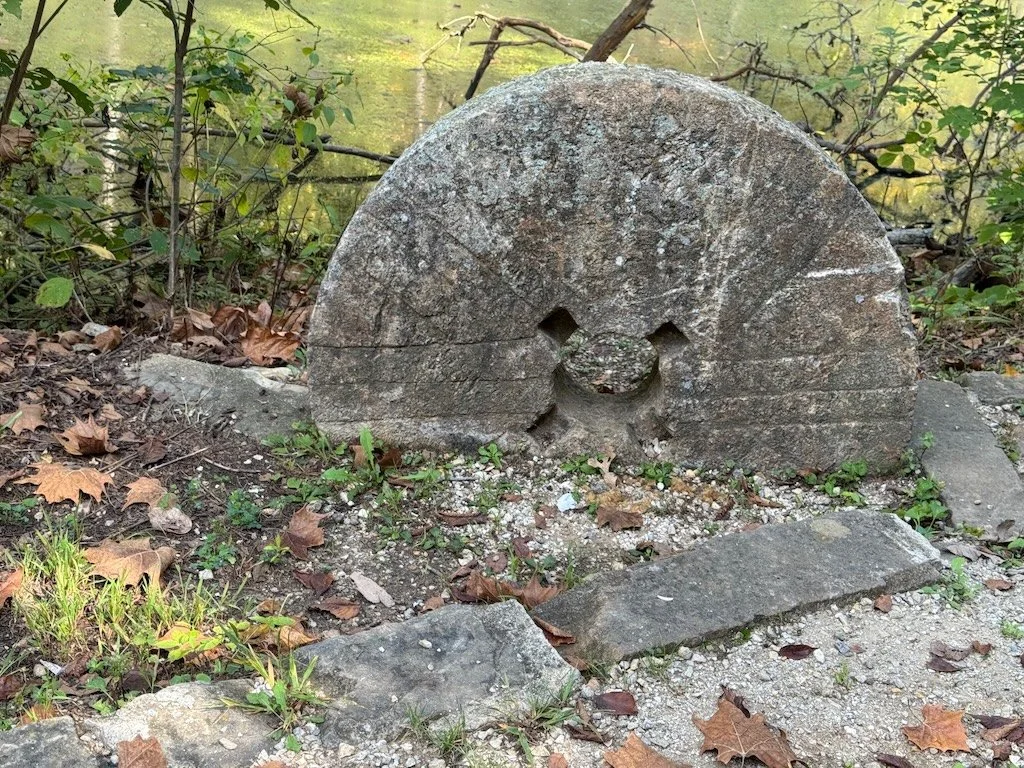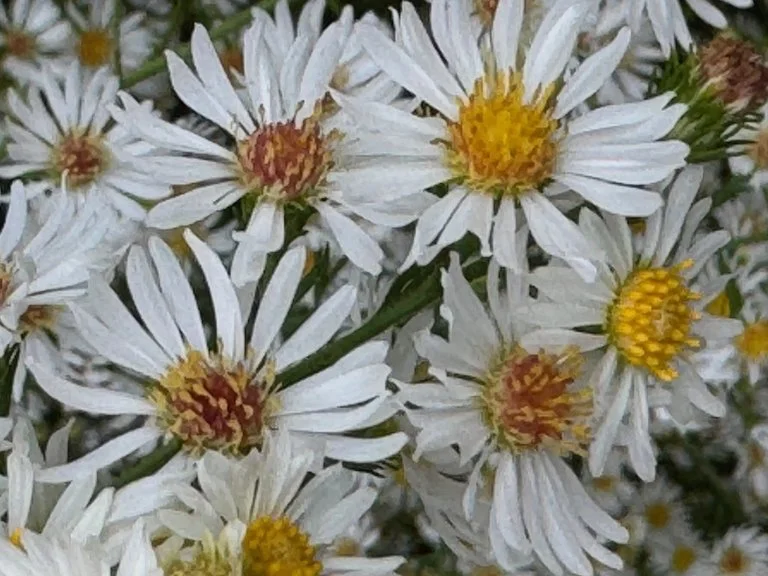Ten Little Celebrations – November 2024
/Our area finally is getting some rain. We have been celebrating the rainy days after being very dry for months. We got above the annual average rainfall for the month before mid-November. Of course – there was a lot more to celebrate during the month as well.
Stems for bees in a bucket…and a small turtle. The yard and neighborhood are making the transition to winter…with lots of leaves flying and the tender leaves of the violets wilting. I celebrated starting a project with stems in a bucket (hopefully becoming a good place for native bees to nest) and seeing a small red-eared slider on a branch in our neighborhood pond.
Friends of the Library. I volunteered twice during the month – sorting/boxing used books at two libraries in the county where I live; the next sale is in the spring. Celebrating the opportunity to contribute to the book availability in my community!
Harris’s sparrow seen during our first FeederWatch observations. My husband and I saw a ‘new to us’ sparrow during our first FeederWatch session! It didn’t appear in subsequent weeks so perhaps it was migrating through. Springfield is on the edge of this sparrow’s winter range…well within the migration area.
Soft peppermints. Peppermint is my favorite winter candy flavor…and the soft ones have become my favorite this year – either eaten or dissolved in a cup of hot tea!
Brilliant red Virginia Creeper. I’ve let the Virginia Creeper become the ground cover of my front flowerbed…and celebrated its brilliant red color this month.
Valley Water Mill for a second day. Celebrating the discovery of a favorite outdoor place near Springfield.
McDaniel Park. The last field session of my Identifying Woody Plants class…celebrating a city park with lots of trees.
Accumulating 40 Missouri Master Naturalist hours. The Missouri Master Naturalist training was over at the end of October which qualified me as an ‘intern’ until I accumulated 40 volunteer hours. I celebrated that I crossed that threshold by the end of November!
Seek app identification (the bug on the Rose of Sharon pods). The Seek app can be very helpful. I forgot to use it in the field (at McDaniel Park) but remembered when I got home…celebrated that I had a ‘good enough’ picture for the app to make a good identification: Hibiscus Scentless Plant Bug.
Thanksgiving. Celebrating the day….and the reminder of all that is positive for us right now….that being grateful is easy.



